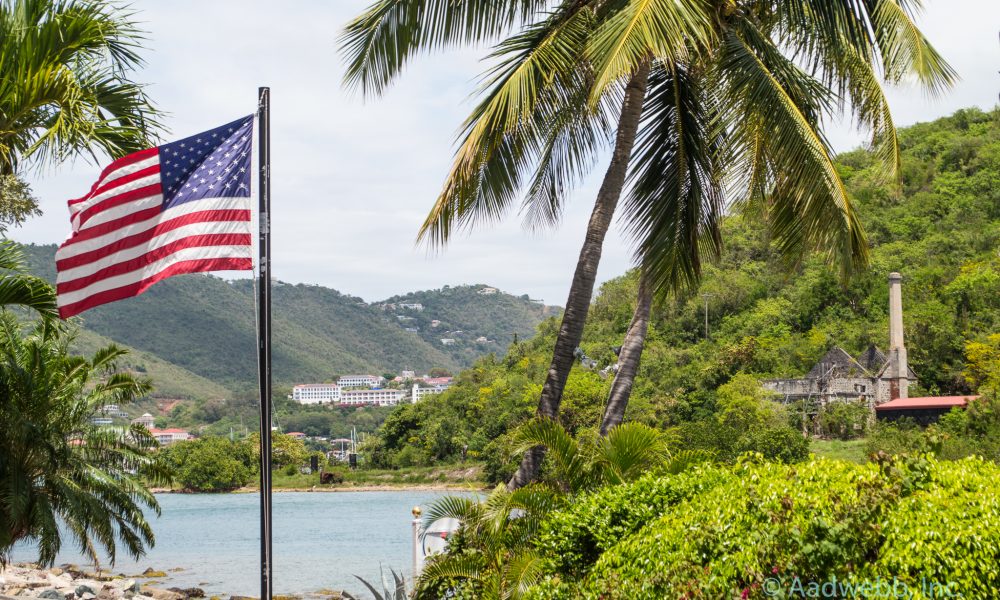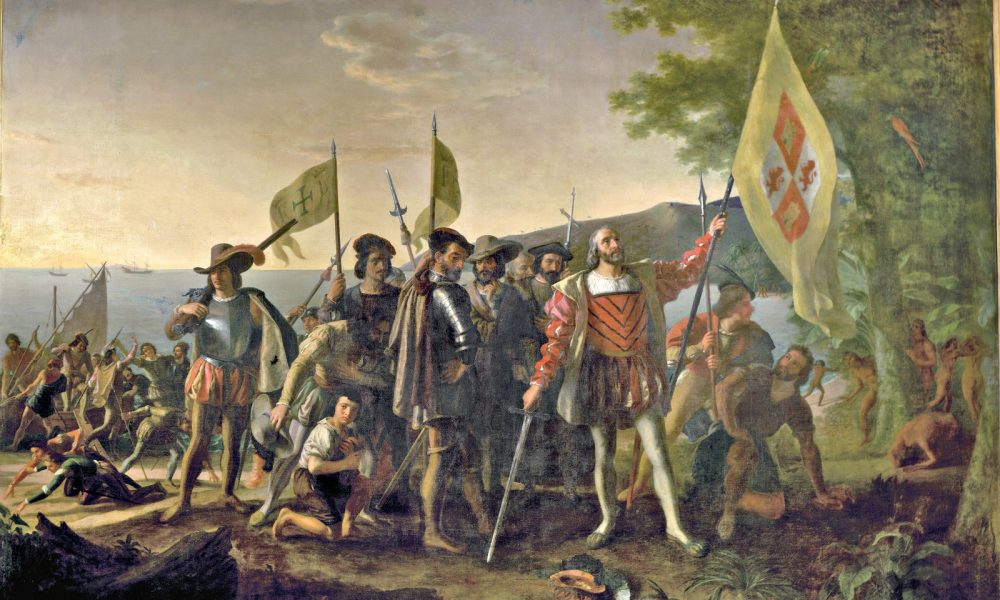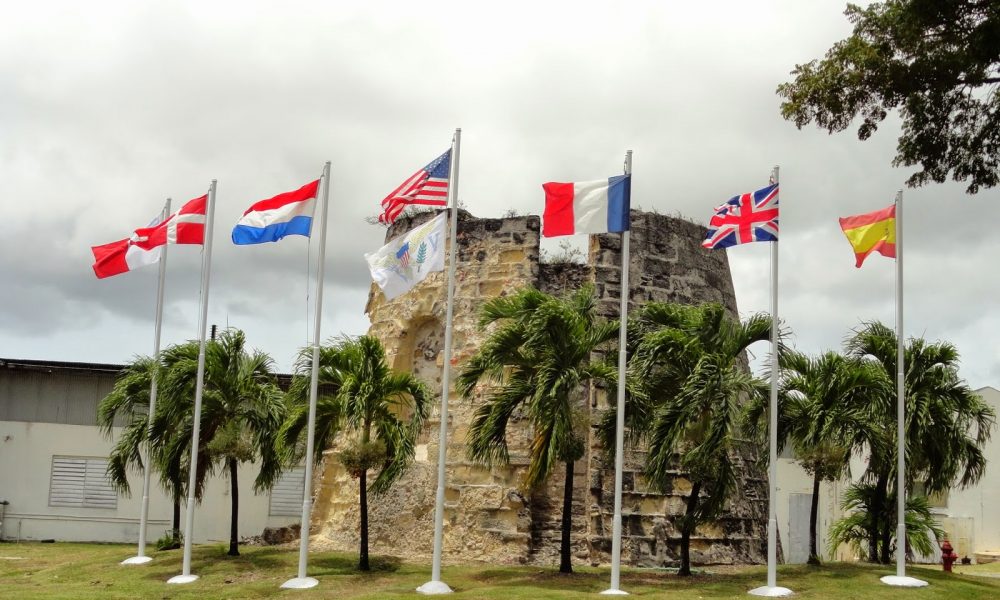A Brief History of the Virgin Islands

Early History
The first inhabitants of the Virgin Islands and many other islands in the Caribbean were the Ciboney or Ortoiroid as archeologists refer to them. They lived on the island several thousand years ago as fishermen and foragers during the Stone Age.
As early as 400 BCE, the Igneri people migrated from the South American continent up through the Antilles islands to reach the Virgin Islands as well as Puerto Rico and other islands. They were farmers as well as fisherman and even raised animals for food. Two significant distinctions can be made about the Igneri people: they were masters at making pottery and they built large communal huts.
The most well-known group of indigenous peoples to the island is the Tainos (also known as the Arawaks.) They lived all throughout the Virgin Islands and archeologists have found many settlement sites. Their farming and hunting skills were much more advanced and they built canoes to travel from island to island. They were a religious people and made jewelry to wear for this purpose. They also made pots, tools, and other wares. Learn more about the many crafts that the Taino people were known for here.
Another group of peoples that arrived later but prior to Columbus was the Kalinago, also called Caribs or Calina. They were a warrior society that conquered their way from the South American continent north through the Caribbean islands. The peaceful Taino were then killed or enslaved and the woman were assimilated into the Carib society.

European Arrival
On Christopher Columbus’ second voyage from Spain in November of 1493 at St. Croix in Salt River Bay, some of his men were rowing ashore to find fresh water when they encountered a canoe of Caribs. A short battle ensued with several of Columbus’ men injured and some Caribs captured. Columbus decided to sail north where he came across the group of islands we know as the Virgin Islands. He named these beautiful islands Once Mil Virgenes after the story of St. Helena and the Eleven Thousand Virgins.

Seven Flags over St. Croix
For over 100 years after Columbus first arrived, Spain was the dominant European country in the Virgin islands. After Spain’s war with England in 1588, they lost most of their fleet and their influence in the Caribbean. France, England, and the Netherlands all sent ships and established settlements throughout the Caribbean hoping to enrich themselves with lumber, spices and gold. They also wanted to grow tobacco, sugar, and other crops to send back to Europe.
England was the first to settle on St. Croix in 1631 but the French, the Dutch, the Spanish, and the Knights of Malta all occupied St. Croix off and on over the next 100 years. The Danes established a colony on St. Thomas and in 1733, Danish West India and Guinea Company (Denmark) purchased St. Croix from the French king. The final flag to fly is that of the United States which purchased St. Croix, St. Thomas and St. John from Denmark in 1917 for $25 million in gold. The islands are an unincorporated territory of the U.S. and all its inhabitants were granted U.S. citizenship in 1927.
